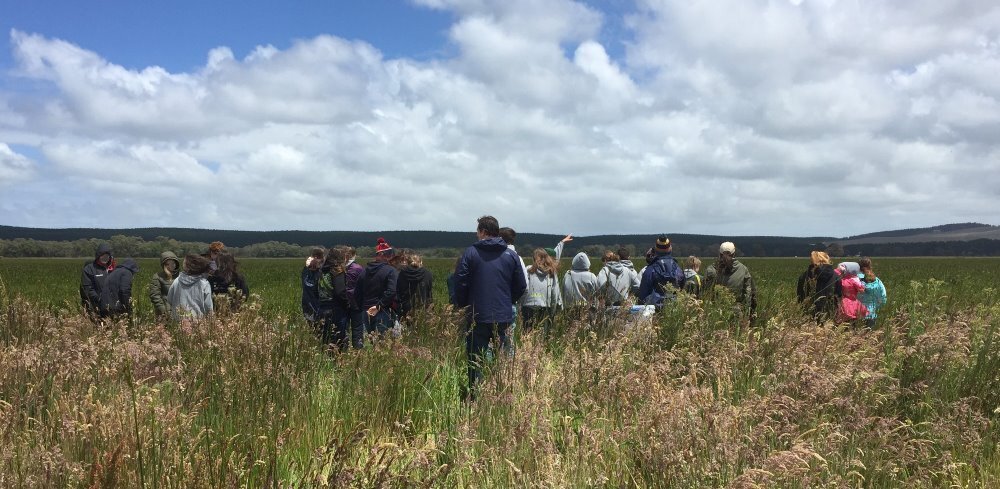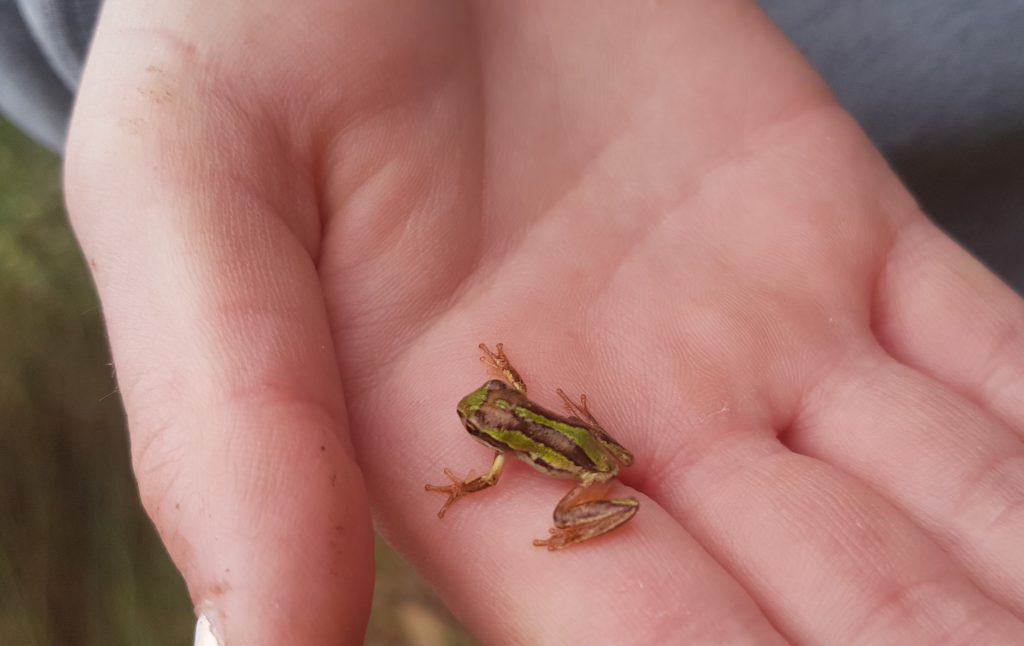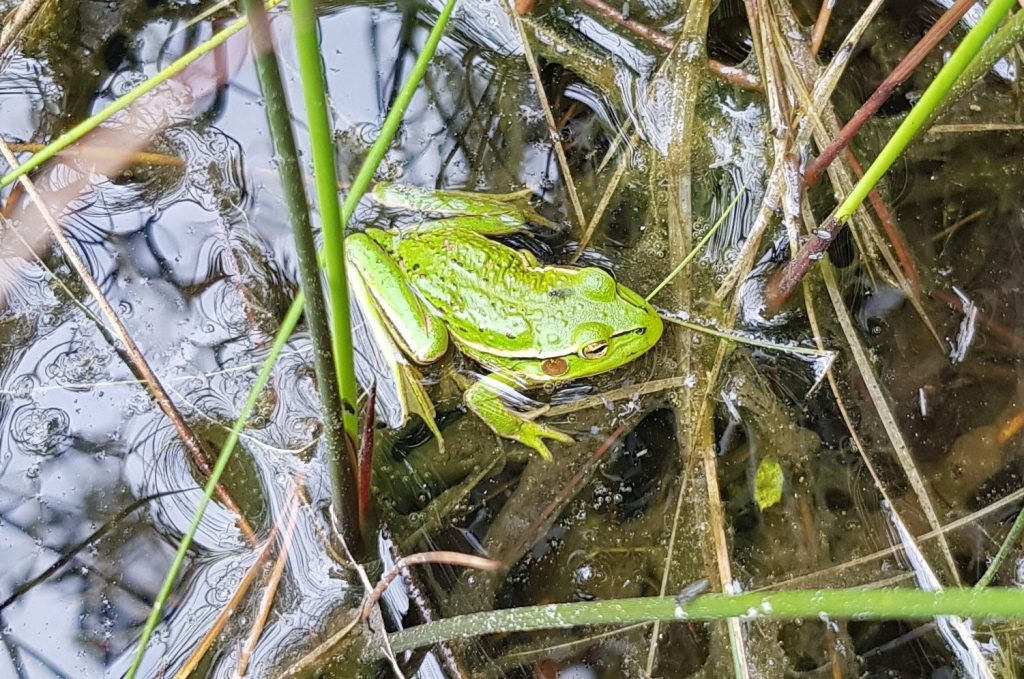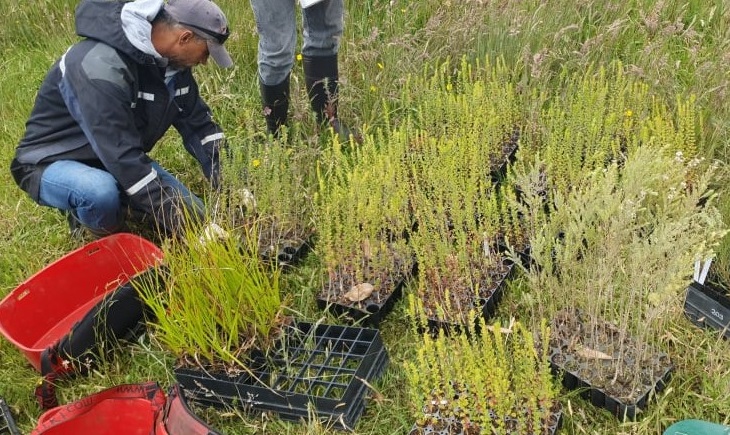Students get a taste for wetland assessments at Mt Burr Swamp
Late spring and early summer is a great time to get outdoors and our environmental education events have continued over the past few weeks, through our wetland science program with Grant High School. In classroom sessions, year 9 science students were introduced to the function and role of wetlands, why they’re important in the landscape, and the assessment methods that we use to rate their condition.
Over a couple of weeks in November, all of Grant High’s year 9 science classes then joined us for a follow up session at Mount Burr Swamp for some hands on experience in wetland condition assessments. During the field trips, students took part in three different activities to assess the condition of three different wetlands (there are more than 50 across the whole property!). In small groups, students looked into water quality, aquatic macro-invertebrates, and visually assessed the wetland. Each of these three activities were used together to assess the health of each wetland.

Students happily explored the wetlands we visited, finding a southern bell frog, common froglets, brown tree frogs, multiple damselfly species, a southern pygmy perch, and even brolgas in the paddock.

Brown tree frogs (Litoria ewingii) are common at Mount Burr Swamp 
Southern bell frog (Litoria raniformis) 
Southern pygmy perch (Nannoperca australis) caught while collecting aquatic macro-invertebrates 
Striped Marsh Frog metamorph (Limnodynastes peronii) emerging from the water.
Another component of this project was some planting along the main wetland’s edge. Here’s what Angus Sampson, a member of NGT’s field crew who organised the planting, had to say about it along with a few pictures from the day.
Over the past month we held a group planting day with Tenison Woods College and Mount Gambier TAFE Conservation and Horticulture students. While revegetation usually occurs during winter, past experience at this site has shown us the importance of not planting too early in the year (as water levels continue to rise through late winter and spring leading to inundation of further areas. This year we’ve had a very wet spring, with water levels remaining high late into the season. As such, site preparation was delayed, with planting taking place as late as towards the end of November!

The first planting day we had eight students from Tenison Woods College, planting tea tree along the swamp’s edge with pottiputkis (a device that makes planting of tubestock quicker and easier; see above). The students did a great job planting more trees than I had anticipated in a short time.
In the next session, with the TAFE students, some of us finished off planting the remaining tea tree seedlings while others planted the other species by hand.

Just over one and half thousand seedlings were planted along the edge of the main wetland at Mount Burr Swamp over these two days, with species including prickly tea tree Leptospermum continentale, woolly tea tree Leptospermum lanigerum, scented paperbark Melaleuca squarrosa, swamp gum Eucalyptus ovata, dwarf hakea Hakea rugosa, and tall saw-sedge Gahnia clarkei.
Both days were very rewarding. The students enjoyed themselves and I was very happy to finally get the plants in the ground.
Thanks to Grant High School’s Science/STEM Promotion Coordinator, year 9 science teachers, and students for taking part in wetland assessment excursions; and to TAFE and Tenison Woods College students and staff for taking part in planting.
This project is supported by the Limestone Coast Landscape Board’s Grassroots Grants program, funded by regional landscape and water levies.

